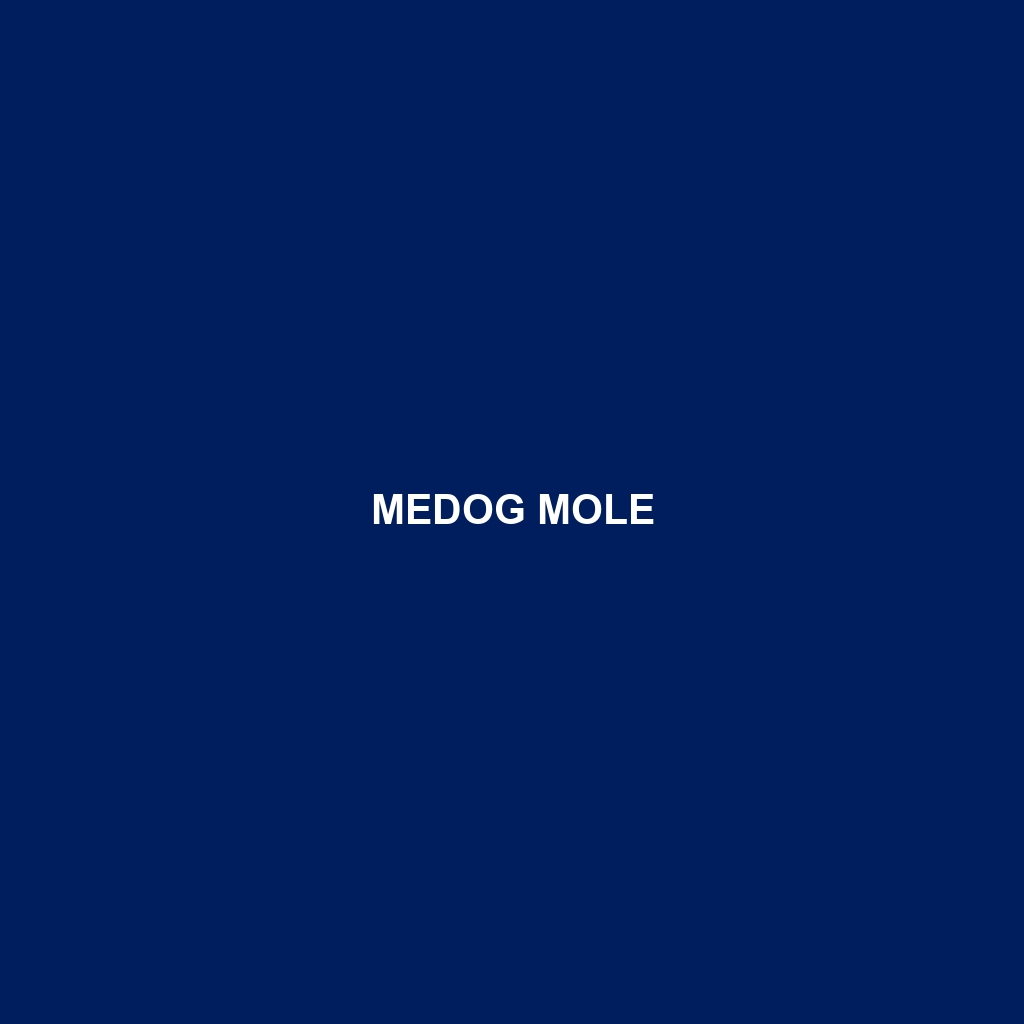Medog Mole: A Unique Mammal of the Himalayan Region
Common Name: Medog Mole
Scientific Name: Talpa medogensis
Habitat: The Medog Mole is primarily found in the temperate forests and mountainous regions of southeastern Tibet, particularly in the Medog County area of China. These moles thrive in environments rich in loamy soil, which provides ample opportunities for burrowing and foraging. Their habitats are typically characterized by dense vegetation and moist, organic materials that support their underground lifestyles.
Physical Characteristics: The Medog Mole measures around 15 to 25 centimeters in length, with a robust body and short limbs adapted for digging. Its fur is a velvety shade of brown to dark grey, allowing it to blend seamlessly into its forest floor surroundings. The species is distinguished by its short, pointed snout and small, hidden eyes, which are adapted to its underground lifestyle. Additionally, the Medog Mole possesses large, spade-like forelimbs that are crucial for effective burrowing.
Behavior: Medog Moles are primarily nocturnal, spending the majority of their lives underground. They are solitary creatures, emerging at night to forage for food and maintain their elaborate tunnel systems. Known for their digging proficiency, they create extensive networks of burrows that can cover large areas. Their strong sense of smell compensates for their poor eyesight, allowing them to navigate effectively in the dark. Communication primarily occurs through scent marking and vocalizations.
Diet: The Medog Mole is an insectivorous species, feeding predominantly on earthworms, insects, and other small invertebrates. Their diet is supplemented by roots and tubers found in the soil. Their foraging habits play a crucial role in soil aeration and nutrient cycling, as their burrowing helps to redistribute organic matter and improve soil health.
Reproduction: Breeding typically occurs in spring, with females giving birth to litters of 2 to 5 offspring after a gestation period of around 4 weeks. The young moles remain in the burrow with their mother until they are fully weaned, which usually occurs within two months. Notable behaviors include the mother’s extensive grooming and teaching of burrowing techniques to her young, ensuring they are well-prepared for independent life.
Conservation Status: The Medog Mole is classified as “Vulnerable” by the IUCN Red List, primarily due to habitat loss from deforestation and agricultural expansion. Conservation efforts are crucial to preserve their natural forests and the unique ecosystems they inhabit.
Interesting Facts: One fascinating aspect of the Medog Mole is its ability to dig at astonishing speeds—sometimes burrowing through 20 centimeters of soil within minutes. Furthermore, they are considered a keystone species in their habitats, as their burrowing activities significantly impact soil quality and ecosystem health.
Role in Ecosystem: The Medog Mole plays an essential role in its ecosystem by aerating the soil and controlling insect populations. By creating extensive tunnel systems, they enhance the penetration of water and nutrients into the ground, supporting plant growth. Additionally, their presence indicates a healthy, functioning ecosystem, making them an important indicator species for environmental scientists.
